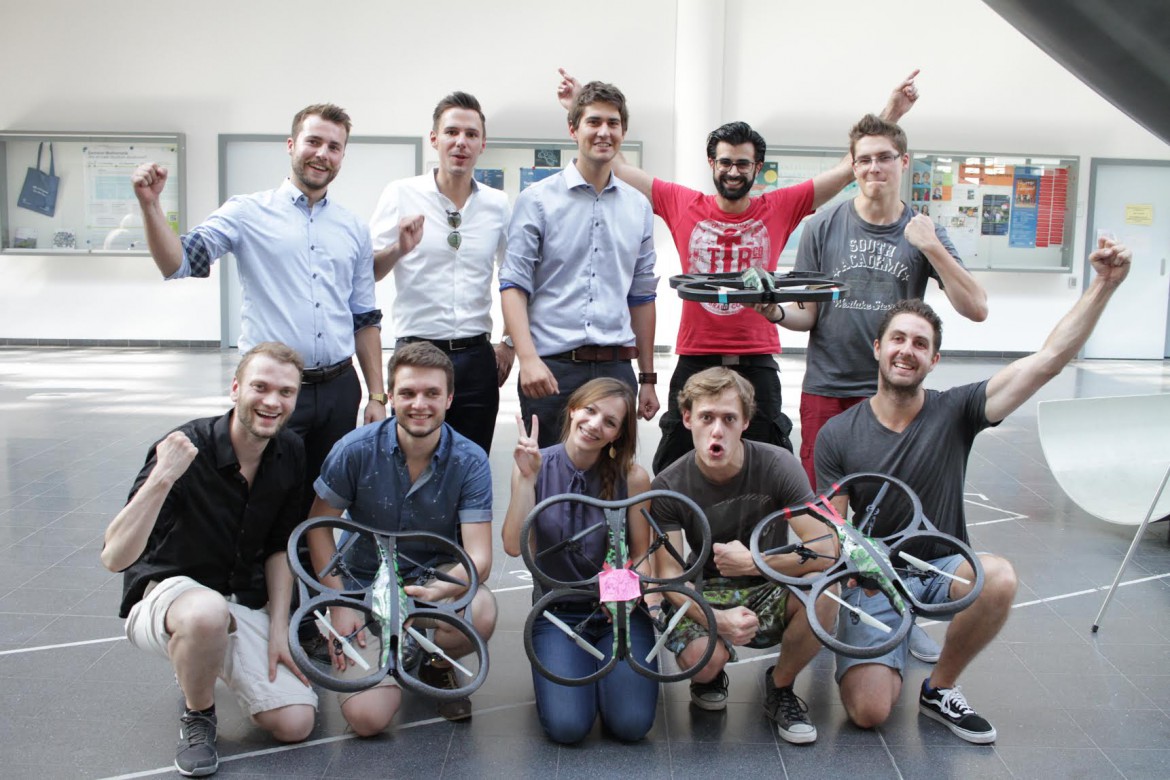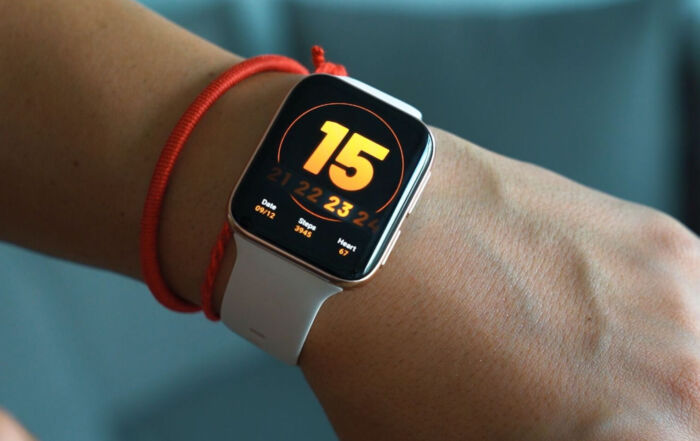Program a drone to fly autonomously – within one week!
That was the ambitious goal of 8 students of the CDTM who participated in the elective “Autonomous Drones”. The students with various backgrounds – from consumer affairs to computer science – learned within one week the basic concepts of Computer Vision and Object Recognition in order to autonomously compete in a final drone race. The course was supported by excellent lecturers who provided the necessary know-how in Python, Computer Vision & Image Processing, and basics in Robotics. In a thought-provoking ethic session the students discussed the advantages and risks that come with the usage of autonomous drones. Each team developed a different approach to master an autonomous flight of their drone through a parkour of three small soccer gates. At the end of the week, the four teams competed in a final race.
Each day of the week started off with an inspiring lecture given by an expert in the respective field. While all students possessed basic programming skills, the lectures covered a broad range of related fields necessary to understand the fundamental requirements and challenges of autonomous flying. Patrick Christ, one of the doctoral students at the CDTM, was the course coordinator and kicked off the project with a lecture on software including an introduction to Python and libardrone.
In a lecture on computer vision and image processing, Dr. Seyed-Ahmad Ahmadi, Post-doc research at the TUM and LMU KlinikumGrosshadern, provided the students with insights into how to recognize and track objects like balls or pictures. Moreover, the students had the honor to take part in a private lecture from Dr. Jürgen Sturm, who is an award-winning pioneer in the field of Visual Navigation for Flying Robots. He talked about his recent research in the field of autonomous drones and introduced the students to the basics of measurement, control and regulation technology.
Laura Bechthold, also doctoral student at the CDTM, held a thought provoking ethic session where the students experienced the up and downsides of autonomous drones performing a role play.
The students had a variety of study backgrounds which proved to be beneficial for the overall team work. In teams of two, the students decided on a specific approach to tackle the challenge. The insights from the lectures provided the necessary know-how and inspired each team to experiment with a different concept.
Subsequently to the theoretical input, the students had the chance to apply the new learnings in practical sessions. Owing to the limited time and the ambitious goal, the students faced multiple obstacles on the way that led to one or another night session. The hackathon urged the students to total commitment and required guts to come up with creative solutions. Especially in the last night, the students worked against the time – well cared for with snacks and drinks – eager to finalize their solutions and overcome the waywardness of the drones.
The final race was thrilling right down to the end. The perfect location for this event was given by the entrance hall of the Informatics faculty in Garching. Three small soccer gates served as the obstacles the drones had to cope with before they entered the finish line. Each team had four trials and the fastest drone was the winner.
Watch the highlights below.
Author: Anne Greul







